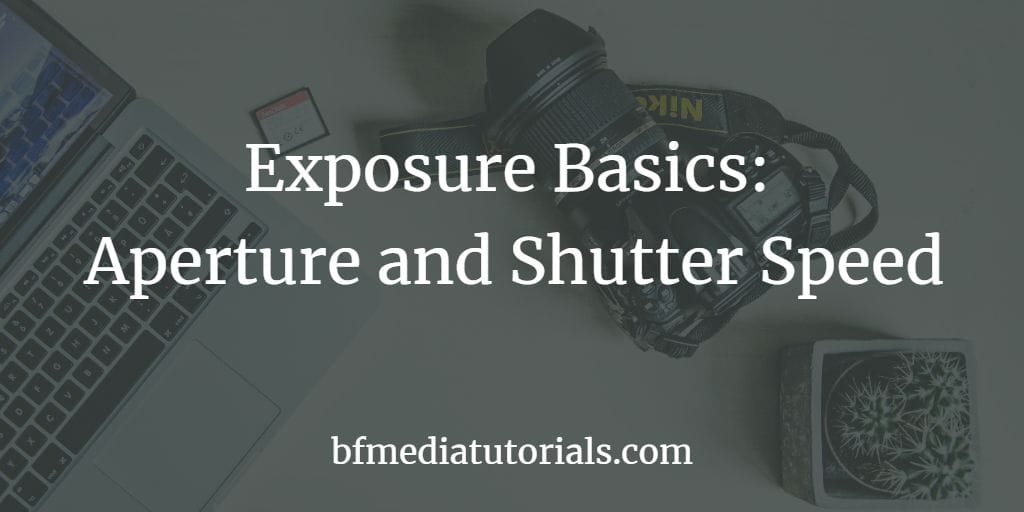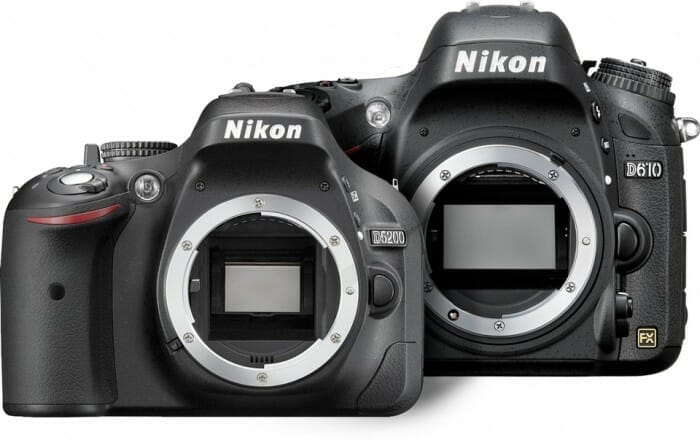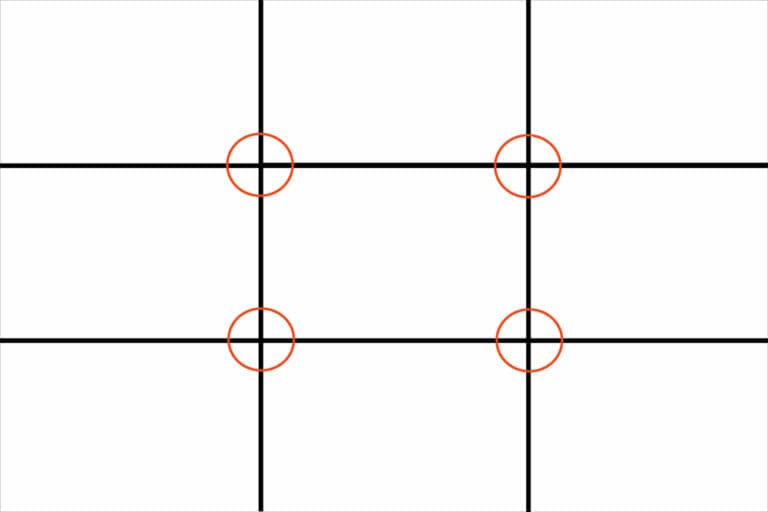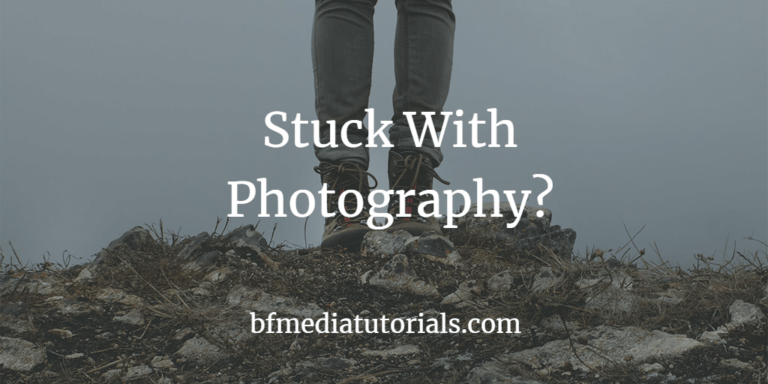Exposure Basics: Aperture and Shutter Speed
If you are a beginner photographer then you are in the right place. We will talk about the exposure basics, namely, aperture and shutter speed.
These two (apart from ISO) are the values that influence your exposure. I haven’t included ISO in this one because I’ve already written an article about ISO – you can find it here – and because it is a value that you won’t change so often as the aperture and shutter speed.
Let’s start!
The Aperture
You may ask yourself what is this strange word, aperture. It is not used in usual contexts and if you are a beginner it may seem confusing. Basically it means “opening” and it refers to the opening of the diaphragm of the lens. Have a look at this one:
Let’s stay here for a second. The small opening you see there is the aperture. Through that opening, the light is getting to the sensor and “prints” the photo on it.
Usually, the aperture is named “F Stop”. On your camera, it is marked as the F value.
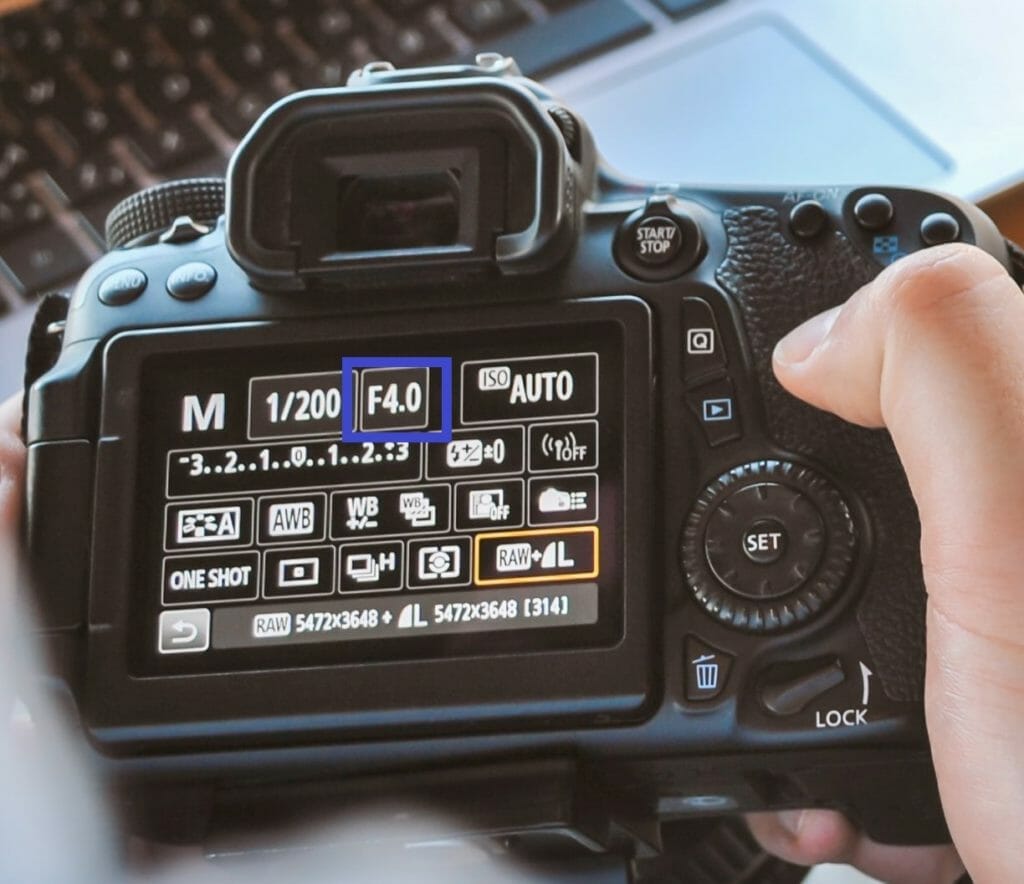
What Does the Aperture Affect in the Photo?
The aperture has an impact on the depth of field of the photo.
A smaller F Stop (that means a lower number) will have a larger opening, letting more light in and having a shallow depth of field.
A bigger F Stop (a higher number) means a smaller opening, letting less light trough and having a deeper depth of field.
Here is an example to understand it better.
As you can see in the picture, a shallow depth of field means to have a blurry background (or foreground if your hearth desires so), and a deep depth of field means to have a highly sharp background.
Aperture Impact on Exposure
The aperture also has an impact on the exposure of the photo.
As I’ve said earlier, a smaller F Stop means a larger aperture that will let more light in. Needless to say, that means if you are using a larger aperture it will make your picture brighter.
On the other hand, a higher F Stop, meaning a smaller aperture will let a less light in, and that will make your photo darker.
Just a quick recap:
- Smaller F Stop – larger aperture – a shallow depth of field – brighter photo
- Higher F Stop – smaller aperture – deep depth of field – darker photo
This is the most basic stuff you need to know about aperture and how it affects the photo. If you want to go deeper, check out this article about how to have a blurry background with a kit lens.
Shutter Speed
The next part of the equation is the Shutter Speed. As the name suggests, it is the speed the camera shutters opens and closes. On the camera it is noted like this:
You have to pay close attention to the way it is noted. In most cases, it will be something like this: 1/500. That would read one five-hundredth of a second. That is the duration the shutter will stay open to let the light into the camera.
What Does the Shutter Speed Affect in the Photo?
Having a higher shutter speed value (or faster setting) will make your photos seem still. On the other hand, if you have a lower value (or slower setting), your photo will have a greater sense of movement and motion.
Here is a great example to help you understand it better.
The flower on the left is shot with a fast shutter speed setting (1/500). That translates in the spinning flower seem not to be spinning at all.
As we go to the right, the second flower is shot with a medium shutter speed setting (1/30). No need to say that we start to see the movement in the picture and we can see that the flower is actually spinning.
The last picture is taken with the slowest shutter speed setting of all three (1/4). This one has the most sense of movement in the picture. You can see that the flower is spinning really fast.
It is funny how different camera settings will give a different feeling to the one who sees our photos.
Shutter Speed Impact on Exposure
As it was the case with the aperture, so it is with the shutter speed: it also has an impact on the exposure of your photo.
A slower shutter speed value will let more light in, and that will result in a brighter photo.
On the other hand, a faster shutter speed value will let less light in the camera, thus resulting in a darker photo.
A quick recap for shutter speed:
- Slower shutter speed – more motion – brighter photo
- Faster shutter speed – less motion – darker photo
The Bottom Line
If you’ve read this, now you understand the basics of exposure using the aperture and shutter speed. In this article, we haven’t dived deep into the two subjects. There will be two other articles (or even more) that will dive deeper into both aperture and shutter speed usage.
Did you find the content here helpful? If yes, I would ask you to join my Patreon page and support the future of this website.
